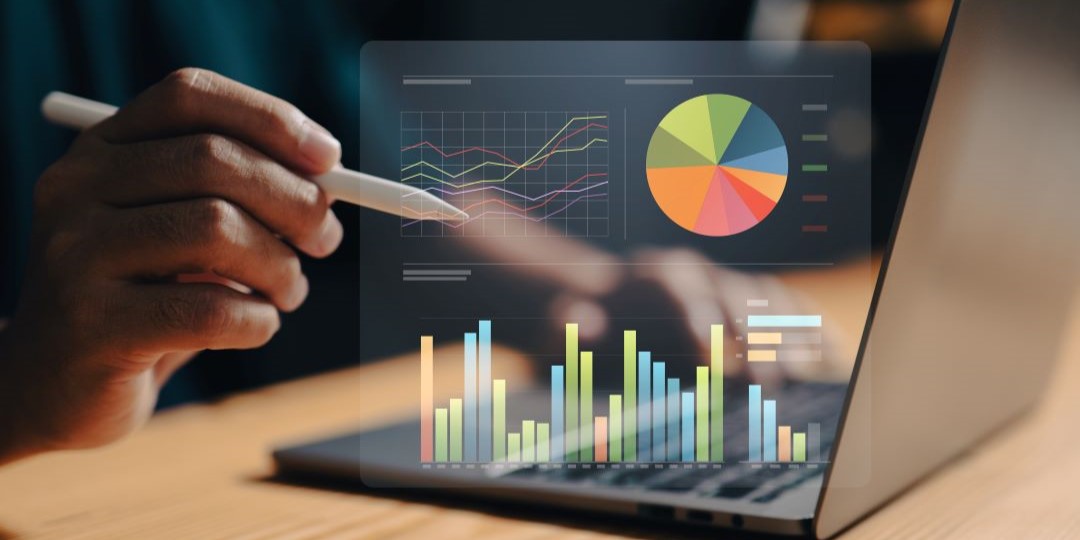by Megan Matthews – Project Manager, CMMS Services, NAES Corporation
Most of you have chosen to use a computerized maintenance management system (CMMS) system to track your work orders, purchasing and inventory. Now that you’ve invested time and money in your system, you ought to be getting some information back from it that will help you keep your plant running at its best.
One item you need to keep an eye on is the health of your assets or locations, but few plants have set up their CMMS to do this tracking, and even fewer use the data to analyze asset health. If you’re not familiar with these terms, ‘assets’ or ‘locations’ refer to the parts of your plant that are in place and in operation – for example, your transformers, relays, breaker boxes, pumps, tanks, condensers, and so on.

You can find the data required to do this analysis in the normal, day-to-day operations you perform with your CMMS. The work orders, purchasing and inventory transactions can help you get a reading of an asset’s overall health – provided you enter these transactions completely. You’ll need to complete every work order with the asset or location indicated. The same holds for purchasing and inventory to ensure that purchases are applied to the correct assets. This allows the system to track costs directly to the work order.
Assigning a general cost to labor and having laborers track their time against work orders will also improve your report results by better identifying the actual expenditure and work performed on each asset. Maximo allows you to use tools in the same way inventory is used, applying the cost of the tool over the life of its use. These practices will improve your ability to track the asset spending accurately and get a true reading on the health of the asset.
If you use Maximo, there’s a report that comes with the out-of-the-box system for displaying these costs. It can have one of several names, depending on your version of Maximo: the Maintenance Cost Rollup, the Asset Cost Rollup, or the DB Rollup. It displays all year-to-date costs as well as the total costs for the life of the asset. The initial Rollup report needs to be run only once, and the sooner you run it after acquiring your Maximo system, the better, because of the amount of data that must be processed. For this reason, you should run it when there’s not a high demand on your system. Even so, it will take a long time to produce, and it writes values directly into the database.
To determine changes to cost over time, you’ll use the Maintenance Cost Rollup Update. To manage these reports, you have the option to zero out asset costs or zero out total costs. This will zero out the values on the running report so you’ll be able to see the changes per year. If you’re replacing the asset, it will zero out all previous costs.
If you use MP2, there’s no out-of-the-box report available, but the NAES CMMS team has developed a report that you can use in your environment. Email us at cmms@naes.com if you’re interested in acquiring this report.
Once you have these reports, you can compare costs annually, monthly, or at whatever interval you want by running the updates regularly and tracking cost trends. When your cost against the asset increases, it usually indicates that the asset requires repair, refurbishment or replacement. This tool will help you avoid a costly forced outage by providing early notification of any issues.
